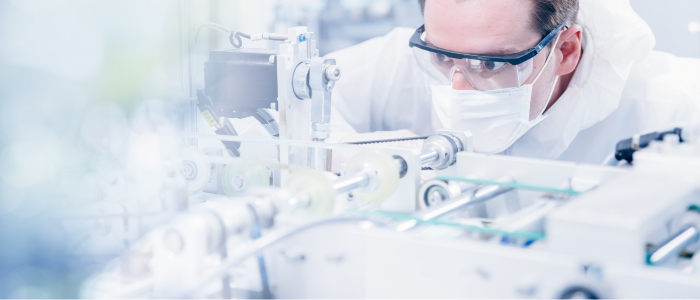Drug delivery has always been a challenge in the development of new treatments, but what has truly transformed the landscape is how these challenges are being addressed with cutting-edge materials. This evolution in materials technology has significantly impacted both pharmaceuticals and medical devices.
In the early days of solid oral dose (OSD) products, advanced materials played a pivotal role in improving drug delivery. These materials were engineered to control the release of active ingredients into the digestive system, ultimately into the bloodstream. This innovation paved the way for controlled, timed, and delayed-release formulations, revolutionizing the effectiveness of solid-dose medications.
As pharmaceutical technologies advanced, new drug delivery modalities emerged, bringing with them the need for even more sophisticated materials. One such advancement is the development of transdermal patches. These patches required drug formulations that could cross the skin barrier, and the solution came in the form of micro-technology, which eventually progressed into nano-technology. Today’s advanced nano-materials allow for precise, extended drug delivery over time. These materials, such as encapsulated enzymes and stimulants, facilitate the steady transfer of the drug into the bloodstream, providing long-lasting therapeutic effects.
The introduction of microneedles further refined transdermal technology. Microneedles, as the name suggests, are incredibly small, needle-like structures that penetrate the skin’s protective layer. One challenge with early microneedles was their removal. However, the development of self-dissolving microneedles has addressed this issue, allowing the needles to dissolve naturally after delivering the drug—truly remarkable innovation.
In the realm of injectable therapies, advanced materials have also made waves. One particularly notable advancement is the use of lipid nanoparticles. These nanoparticles act as carriers for drug payloads, encapsulating them inside lipid structures that are transmissible across cell membranes—something that many aqueous-based solutions cannot achieve. This innovation has opened doors to new therapies, such as antibiotics, chemotherapies, and even gene therapies. Without the ability of lipid nanoparticles to deliver drugs effectively into cells, many of these treatments wouldn’t be possible.
Medical devices have similarly benefited from advances in materials science. Implantable devices, such as orthopedic implants and cardiac monitors, rely heavily on advanced materials. For instance, titanium and cobalt-chromium alloys are metals that can be implanted in the human body without causing adverse reactions or rejection. These space-age materials, combined with breakthroughs in polymer technology, have enabled the creation of complex, biocompatible devices. Whether through additive manufacturing or injection molding, the integration of these materials has pushed the boundaries of what is possible in medical device development.
The synergy between pharmaceuticals, medical devices, and advanced materials is undeniable. Without these advancements, many of the therapies and devices we now rely on wouldn’t exist. The role of materials science continues to evolve, and with it, so does the future of healthcare.

